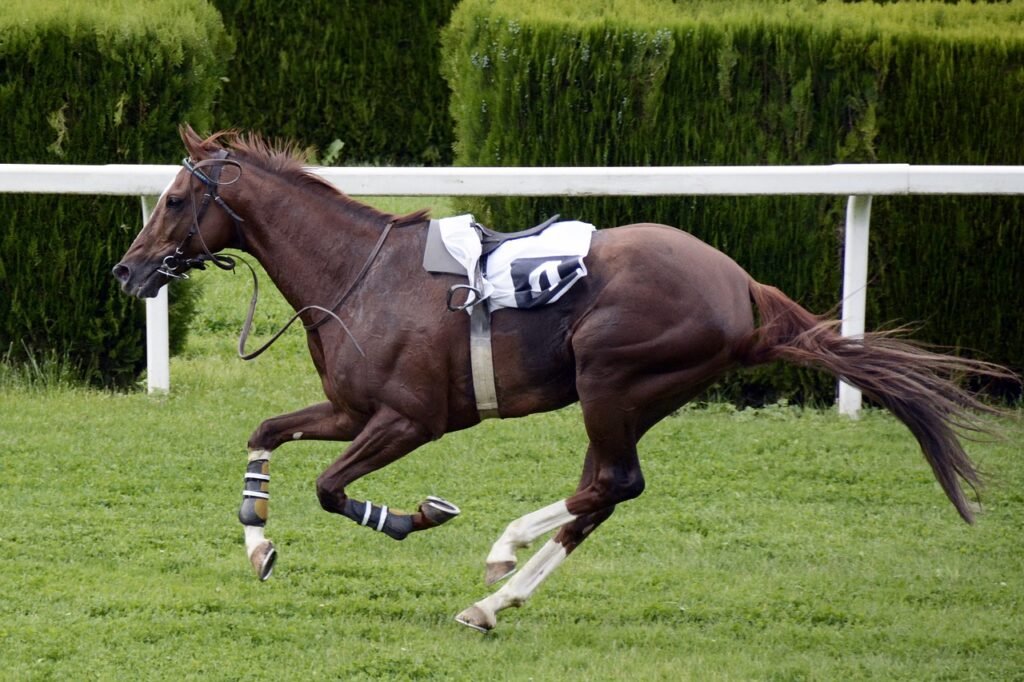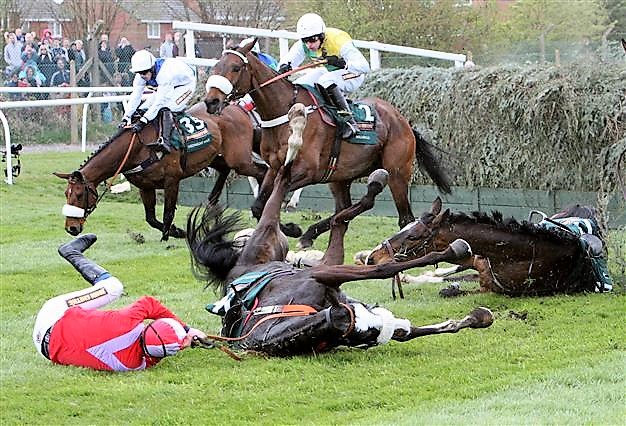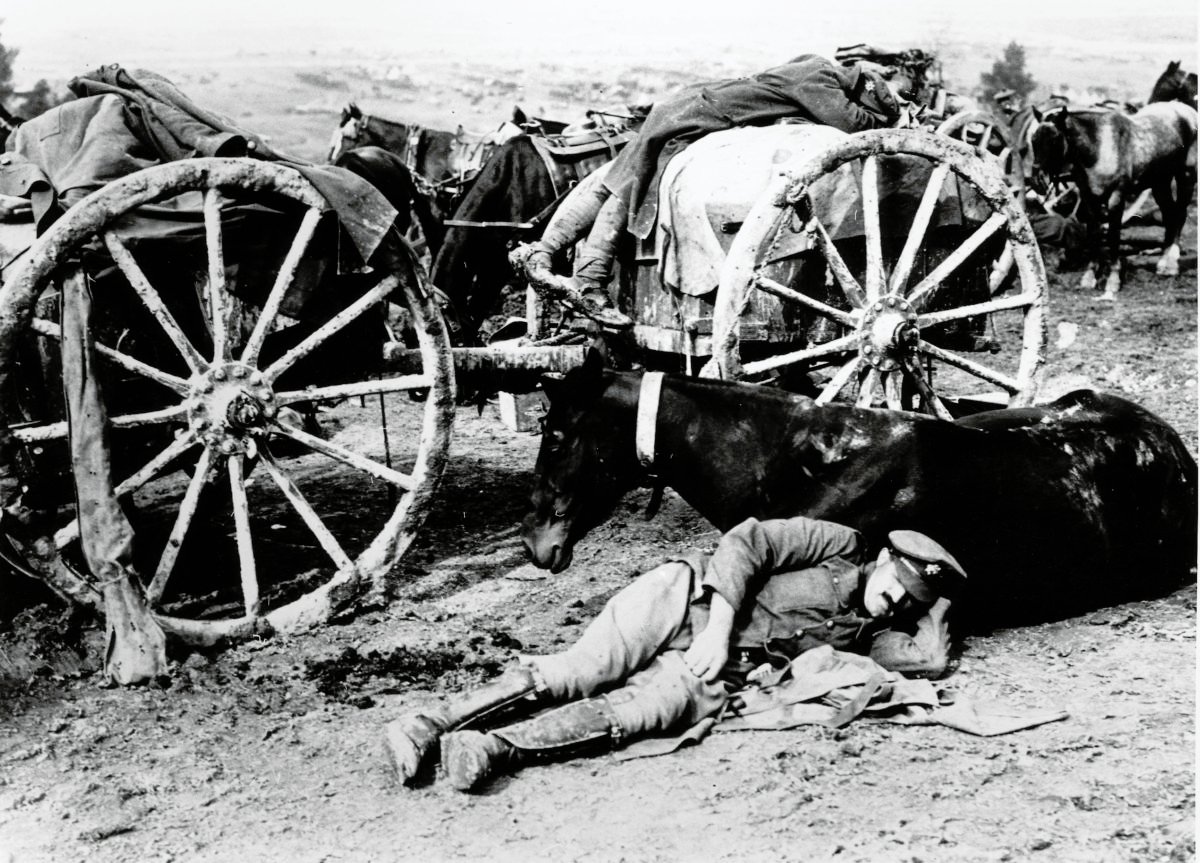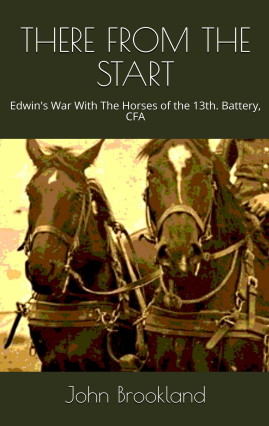In memory of The Long Mile & Houx Gris
The 2021 Grand National spectacle and pageant is over with just two deaths and those are anti-horseracing and those that stage the event are both probably breathing a sigh of relief but for different reasons. Those against because only two horses were sacrificed in the carnage to satiate our betting addiction and for the organisers it means the any bad publicity and outrage is kept minimal. Only 15 horses finished or to put it another way, 25 (62.5%) of the field of 40 did not finish. It is a very telling statistic.
Are we putting too much emphasis on how many die?
We are obviously all thankful that only two horses died, but this is still too many. But are we being side tracked by putting too much emphasis on how many die rather than concentrating on the legalities of putting all these horses through such mental and physical suffering, and the unnecessary danger and over exertion just to entertain and feed our entrenched gambling habits.
In this years race, 15 horses pulled up, 4 fell, 4 unseated their rider, and one very sensible horse named Ballyoptic called it quits and refused to jump. This is an increase on last year. Realistically the large number of non-finishers must mean that the course is too punishing for most of the horses and they are either not fit enough or just not up to it. So are we all guilty of condoning this unnecessary suffering and could it be classified as contravening welfare laws? The evidence may be in the statistics.
15 horses were pulled up meaning their riders felt they were suffering and it was cruel to put them through any more punishment. The four that unseated their riders were no doubt too weakened and exhausted and did not jump in the way the rider anticipated. The four who fell were pushed too far risking serious injury and possible fatal consequences. The two that died were definitely pushed beyond their capabilities.

Trivial changes to the course will never prevent horse suffering.
Although the racecourse authorities have made changes to the fences, stables, cooling down procedures and god knows what to improve “horse welfare,” everyone knows that the race in its present state will never be safe for the horses or riders unless you remove the fences altogether and shorten the race. At present it is purely an endurance event and more like the Charge of the Light Brigade or ancient Rome’s chariot racing than a civilised sporting event.
In Australia jump racing is increasingly being viewed as outdated and attendances are falling in Victoria and South Australia, the only two states which haven’t banned jump racing. These states are under pressure to follow suit in the wake of the others who banned jumping decades ago. 74 horses were killed in races and many more injured in 2020 in the two states. There is considerable campaigning at the moment, but in the UK there isn’t the same level of interest in stopping it.
To truly do everything to protect the horses and jockey’s welfare would involve removing all the excitement, the spectacle and the pageant for the baying crowd to enjoy. Unfortunately horse racing like football is ingrained into our sporting pysche and is a sport enjoyed by the masses and so will never be banned entirely, but the death rate could easily be banished by banning jumps to the history books.



